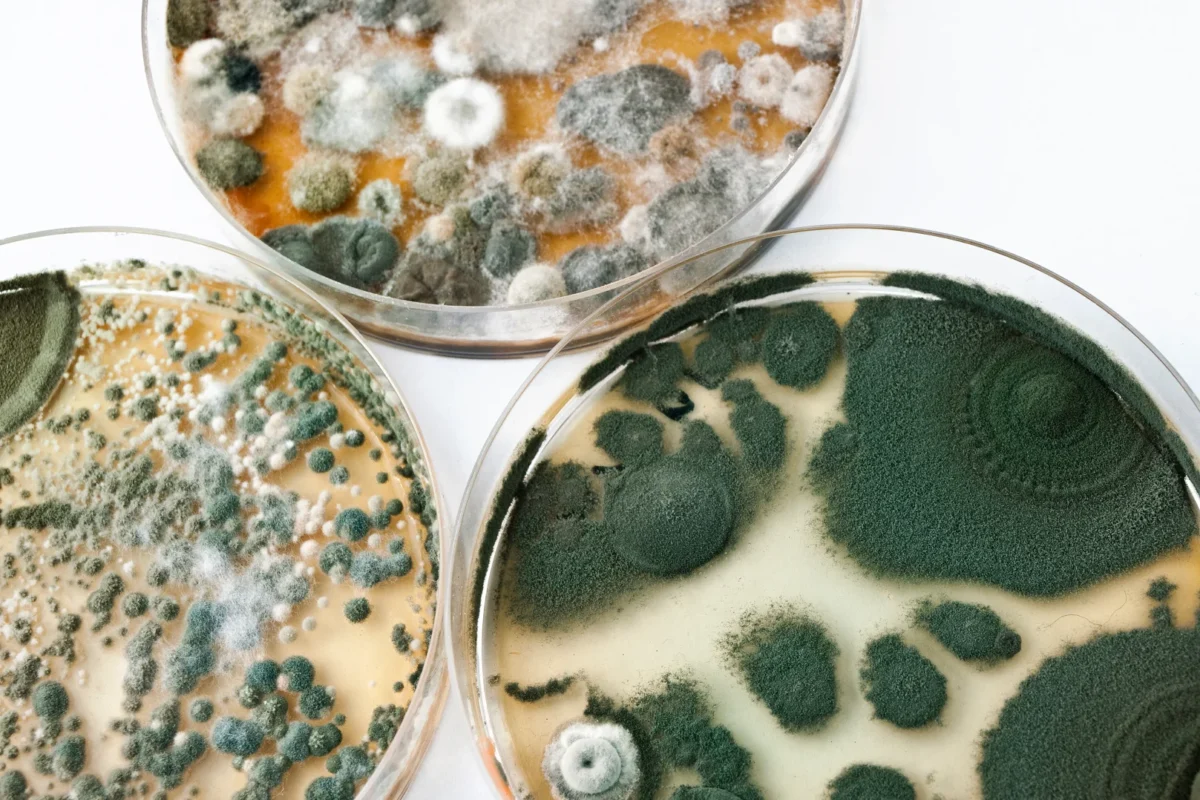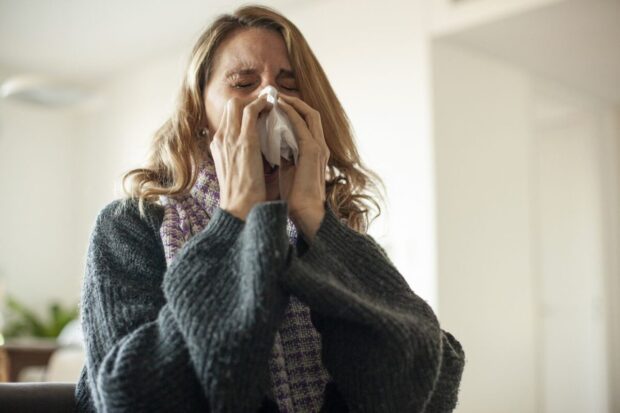Mold—often lurking in the shadows of our homes—poses a significant health risk that many overlook. Its presence can be insidious, silently spreading through hidden corners and damp areas, wreaking havoc not just on structures but also on the well-being of those who inhabit them.
Understanding molds potential to cause respiratory issues, allergic reactions, and even more severe health complications is crucial. While the mere mention of mold can evoke images of unsightly patches and unpleasant odors, its impact is far more profound.
This article delves into the intricate world of mold, exploring the various risks it presents and, importantly, how we can effectively mitigate those risks to safeguard our spaces and our health. Knowledge is an empowering tool in this battle against an often unseen adversary, and with the right information, proactive measures can be put into place.
Let’s uncover the layers of this complex issue and arm ourselves with the insights necessary to combat mold and create healthier living environments.
Common Types of Mold Found in Homes

When evaluating the common types of mold found in homes, it’s essential to recognize that each variety can present unique risks and challenges. Among the most prevalent is *Aspergillus*, a mold that thrives in damp environments and can lead to respiratory issues, particularly in those with weakened immune systems.
Another common contender is *Cladosporium*, often found in fabrics and on other organic materials; this mold can trigger allergic reactions and exacerbate asthma symptoms. *Stachybotrys chartarum*, famously known as black mold, is infamous for its toxic properties and requires swift action upon detection, as prolonged exposure can lead to serious health problems.
Equally problematic is *Alternaria*, which loves to inhabit bathrooms and kitchens, and can contribute to chronic respiratory conditions. Each of these mold’s flourishes in specific circumstances, often in places that are hidden from immediate view, reminding homeowners to maintain vigilance and address moisture issues promptly to protect their living spaces and health.
Health Risks Associated with Mold Exposure
Mold exposure poses a range of health risks that can affect individuals differently, depending on a variety of factors such as age, health status, and the type of mold present. From respiratory issues like asthma and chronic bronchitis to more severe reactions like allergic responses, the effects can be both immediate and long-term.
In sensitive populations, including young children, the elderly, and those with compromised immune systems, exposure can trigger a cascade of symptoms, including headaches, fatigue, and skin irritation. Moreover, some molds produce mycotoxins, toxic compounds that can lead to more grave health complications when inhaled or ingested.
Ignoring mold proliferation not only endangers physical health but can also have broader implications, contributing to mental health issues due to the stress of living in a compromised environment. Therefore, understanding and addressing mold exposure is not just about preventing respiratory ailments; it’s an essential component of promoting overall well-being.
Preventing Mold Growth in Your Home

To effectively prevent mold growth in your home, it is essential to implement a variety of proactive measures. Start by assessing areas prone to dampness, such as basements and bathrooms, and ensure proper ventilation.
Installing exhaust fans and regularly opening windows can significantly reduce humidity levels. Additionally, routinely check for leaks in plumbing and roofing; even small drips can create an environment ripe for mold.
Consider using dehumidifiers during particularly humid months to keep moisture at bay. It’s also wise to maintain consistent indoor temperatures, as fluctuations can foster condensation.
Don’t overlook the importance of cleaning and maintaining gutters and downspouts to direct water away from your foundation. By committing to these strategies, you can create a home environment that deters mold growth and promotes a healthier living space.
Conclusion
In conclusion, comprehending the risks associated with mold growth is crucial for maintaining a healthy living environment. Mold can lead to various health issues and structural damage if left unchecked, highlighting the importance of proactive measures.
Regular inspections, particularly from a reputable Mold Inspection Company, can help identify potential problems before they escalate. Additionally, implementing effective moisture control strategies and prompt remediation can significantly reduce the chances of mold proliferation.
By staying informed and taking necessary precautions, individuals can safeguard their homes and health, ensuring a safer space for themselves and their families.





